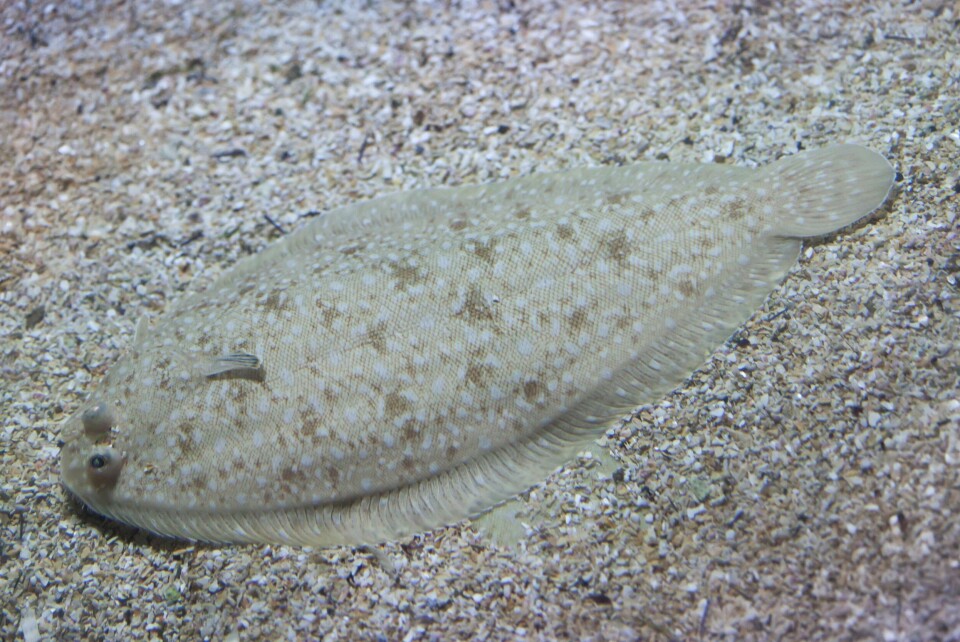
Scientists discover keys to sole
Researchers in Chile have identified crucial differences in the microbiological organisms of wild and farmed flounders.
The team from INTA Biotechnology Laboratory at the University of Chile, whose director is Dr Jaime Romero, say their findings increase the knowledge of the relationship of the fish with its microbiota/ microbiome, and could lead to improved diets using specific probiotics to boost nutritional function and immune response in this and other aquaculture species. They published their study recently in the international scientific journal, Frontiers In Microbiology.
Important differences
A statement from the researchers said: “The study, funded by Chile’s National Fund for Scientific and Technological Development [Fondecyt], compared the composition of sole microbiota in the wild and in aquaculture.
“Comparing the characterisation of the microbiota using Next Generation Sequencing [NGS] revealed important differences in the microbiota depending on the origin of the fish. For example, at the phylum level, wild flounder showed a predominance of Proteobacteria (approximately 70 per cent), while aquaculture flounders were dominated by Firmicutes (approximately 60 per cent).
“An interesting finding is that specific rates were found to be differentially distributed between aquaculture and wild sole. For example, at the genus level, Bacillus and Pseudomonas were highly represented in aquaculture sole. Meanwhile, Arthrobacter and Psychrobacter were observed associated with wild flounders.”
Metabolic pathways
“In addition, the metabolic functions predicted from the metagenomic analysis (metabolic pathways) indicated that the components of the microbiota can provide beneficial effects to the host. In this regard, the microbiota of wild flounder was highlighted because it was more associated with metabolic pathways related to beneficial compounds such as EPA/DHA, biotin and short chain grades.
Dr Romero believes the business of generating microbiota information on aquaculture species will develop further. “Now we have just published something on sole, but other fish will follow,” he told salmonexpert.cl. “The knowledge of the microbiota and its possible metabolic contributions is the first step to explore the management of species for aquaculture diversification.”























































